
Electric vs Wood‑Burning Sauna: Which Heater Is Best for Home Use?
Introduction
Choosing between electric and wood‑burning sauna heaters is a top question for homeowners creating an indoor or outdoor wellness space. Both offer warmth and relaxation, but they differ in ambiance, performance, costs, and upkeep. We'll break down everything—including voice‑search FAQ answers—to help you make a confident buying decision.
How Saunas Work
Saunas operate by heating stones within an enclosed wood‑lined room. Hot stones radiate heat and steam when water is ladled on them, producing "löyly"—the signature sauna mist. Electric heaters heat stones via coils, while wood‑burning heaters use a firebox and chimney setup.
Electric Sauna Heaters
Convenience & Controls
-
Push‑button simplicity with timers, thermostats, and even Wi‑Fi control for remote operation.
-
Offers precise temperature control and scheduling.
Heat-Up & Performance
-
Heats up in 30–45 minutes and maintains consistent temperatures.
-
Ideal for predictable, everyday use.
Installation & Maintenance
-
Requires 220 V wiring but no chimney or vent.
-
Low upkeep: just routine cleaning and electrical inspections.
Running Costs
-
Expect $25–$50/month for regular use (~1 kWh/session) depending on rates.
-
Zero emissions and adaptable to green energy.
Ambiance & Experience
-
Quiet and clean, delivering smooth hot air—but lacks the wood smell and crackle.
Wood‑Burning Sauna Heaters
Authentic Ambiance
-
Creates a ritualistic experience with crackling logs and forest scent.
-
Often described as "softer" löyly: not as intense, but deeper and more immersive.
Heat Quality & Ventilation
-
Excellent for steam (better "löyly") and natural airflow—strong ventilation draw.
-
Large stone capacity in firebox holds heat longer.
Installation & Upkeep
-
Involves chimney, fire‑safe flooring, and wood storage.
-
Requires chopping wood and ash cleanup after every session.
Running Costs
-
Free or low-cost if you source your own firewood; otherwise $5–$7.50 per session.
-
Off‑grid–ready—no electricity needed.
Feature Comparison Table
| Feature | Electric Heater | Wood‑Burning Heater |
|---|---|---|
| Heat‑up Time | ~30–45 minutes | ~60–90 minutes |
| Control | Precise, programmable | Manual, less predictable |
| Ambiance | Quiet, modern | Rustic, aromatic, ritualistic |
| Running Cost | $25–$50/month | $5–$7.50/session (if you pay for wood) |
| Maintenance | Low: clean coils, inspect wiring | High: chimney, wood, ash cleanup |
| Installation | Easy indoors (just power hookup) | Requires chimney/vent + safe layout considerations |
| Suitable For | Indoor, frequent users, urban homes | Outdoor/off-grid, tradition, deep sauna lovers |
Which One Suits You?
Choose Electric If You
-
Value convenience, like app‑controlled sessions.
-
Are installing indoors or in urban areas.
-
Want low maintenance, and consistent heat.
Choose Wood‑Burning If You
-
Crave the traditional sauna ritual and aroma.
-
Have access to firewood or live off‑grid/outdoors.
-
Enjoy deeper, more immersive steam sessions.
Consider Both If
Your budget, installation space, usage frequency, and theme matter—many owners choose based on lifestyle alignment.
Voice‑Search Optimized FAQs
Is a wood‑burning sauna better than electric?
Wood‑burning offers a richer ritual and softer steam due to natural airflow and stone capacity, but it requires more work and initial setup
How much does an electric sauna cost to run?
Expect approximately $25–$50 per month, depending on usage and electricity rates (~6 kWh/day at $0.12/kWh) .
Do electric saunas heat faster than wood‑burning saunas?
Yes—electric heaters typically reach temperature in about 30–45 minutes, compared to around 60–90 minutes for wood‑fired ones.
Can you pour water on electric sauna stones?
Yes. Both electric and wood heaters allow water for steam—but wood burners often hold more stones for longer-lasting löyly.
Which heater is safer for indoor use?
Electric heaters are generally safer indoors—no fire or emissions, and easier to fit into modern homes .
Internal Resources
-
Explore our full Sauna Heaters Collection for top-rated electric and wood-burning models.
-
Check out Harvia and Dundalk electric or wood heaters embedded on that page.
Conclusion
There’s no universal “best” sauna heater—it depends on your lifestyle and preferences:
-
Electric = Fast, programmable, low-maintenance, perfect for indoor modern living.
-
Wood‑Burning = Traditional, ritualistic, off‑grid, strongest steam feel.
Think about ambiance, cost, convenience, space, and firewood access to make your decision. Either way, you’ll be investing in a home upgrade that enhances relaxation, wellness, and long-term value.

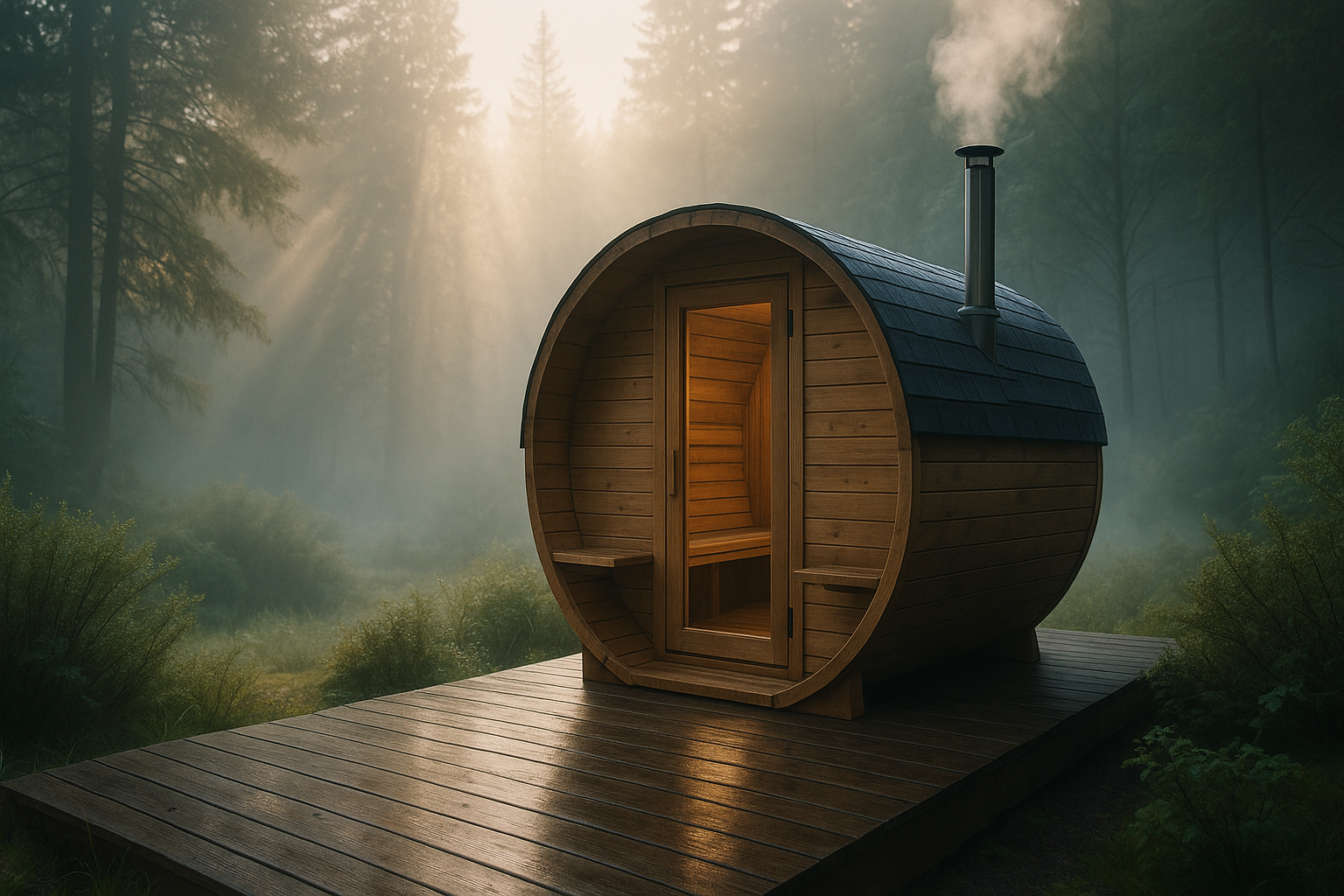
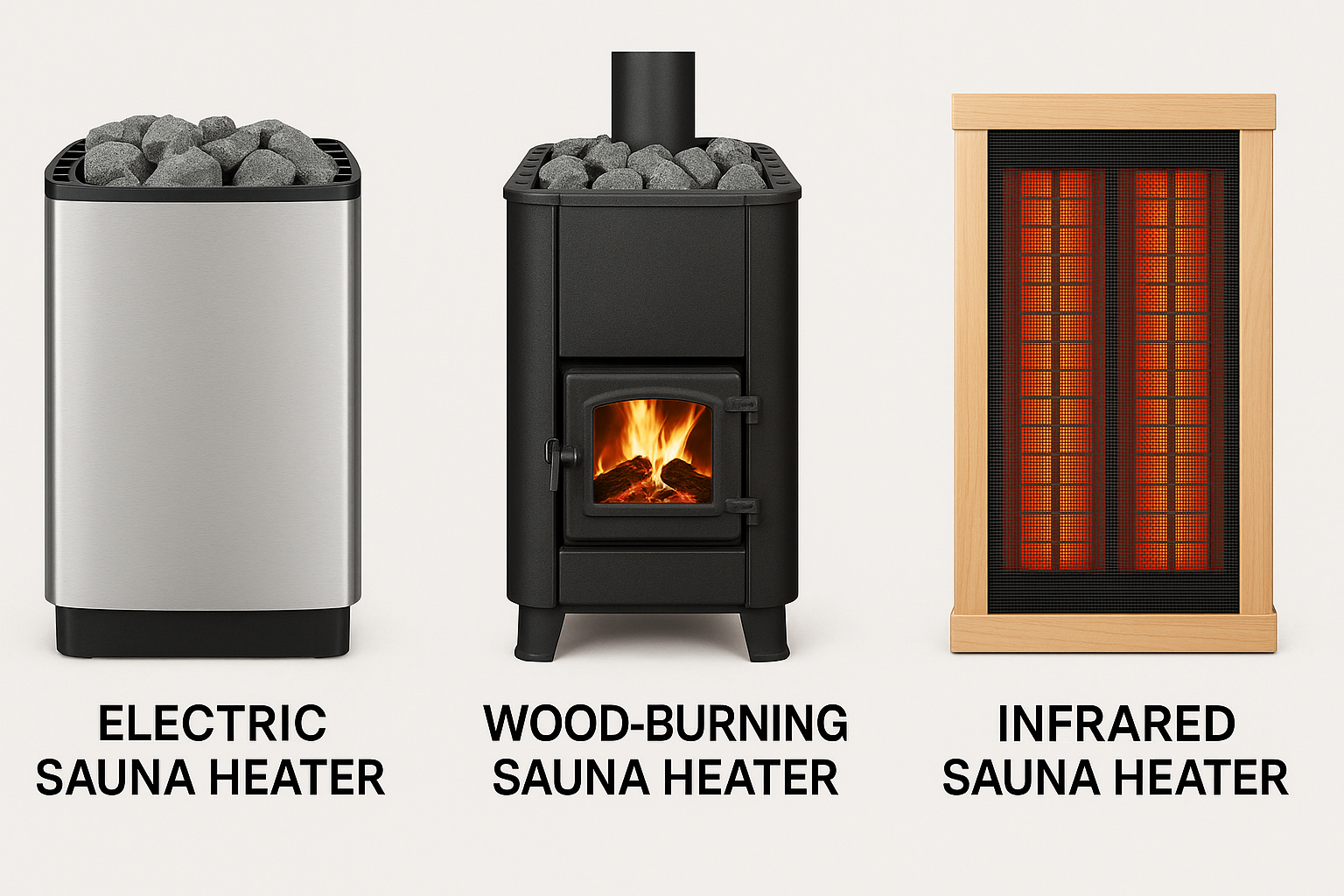

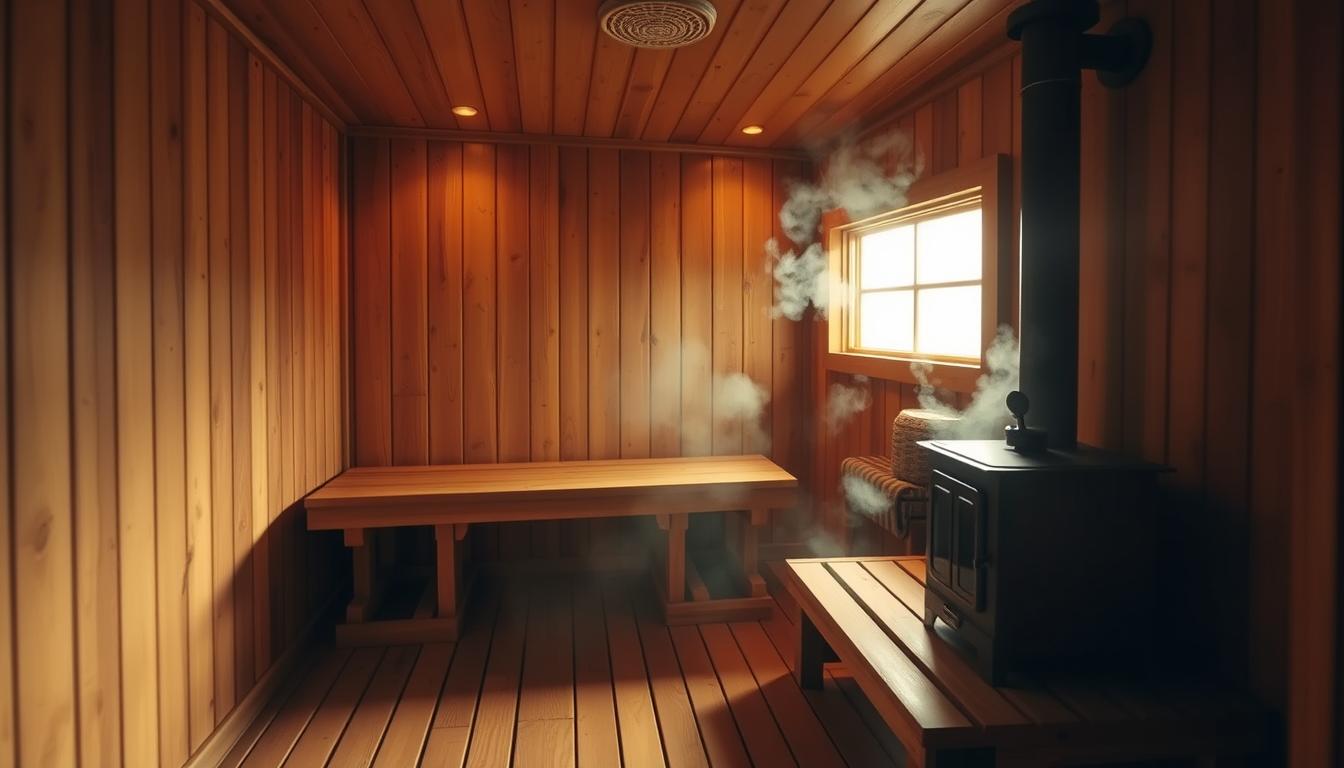
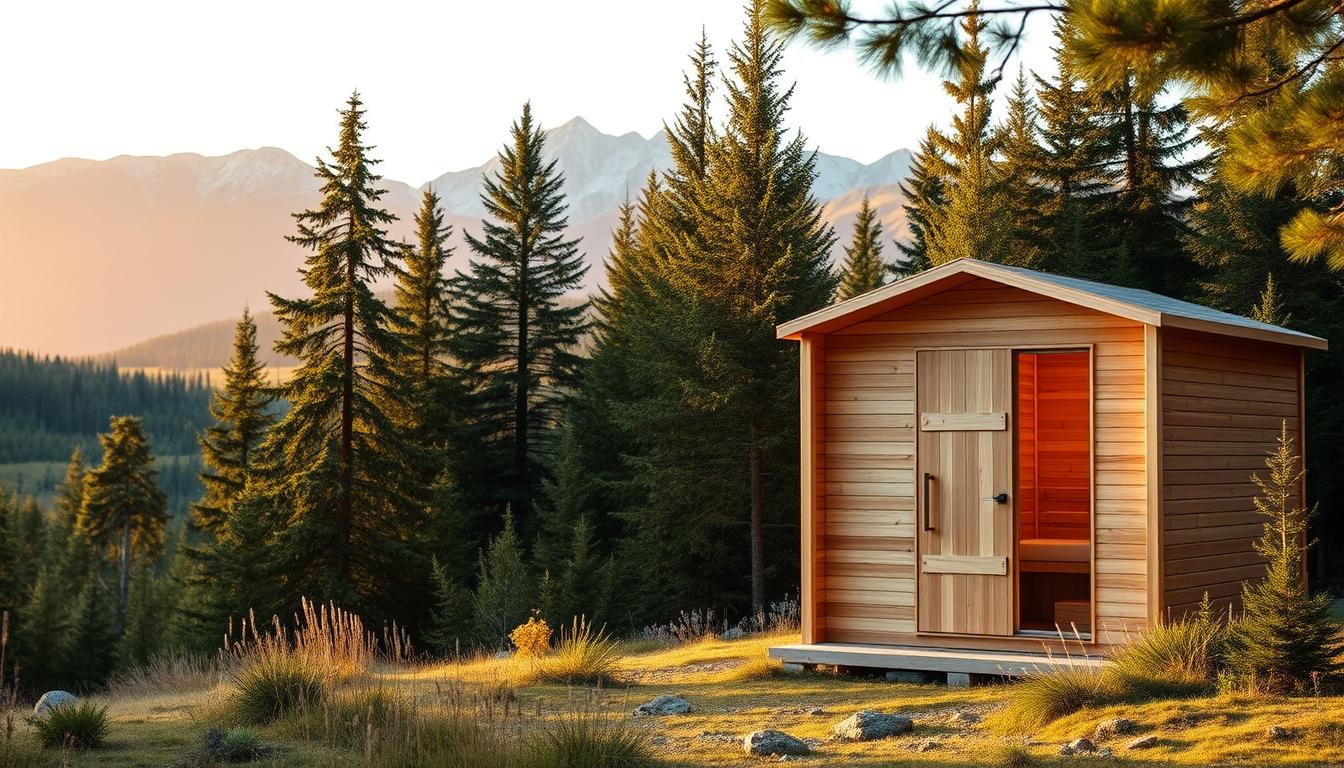
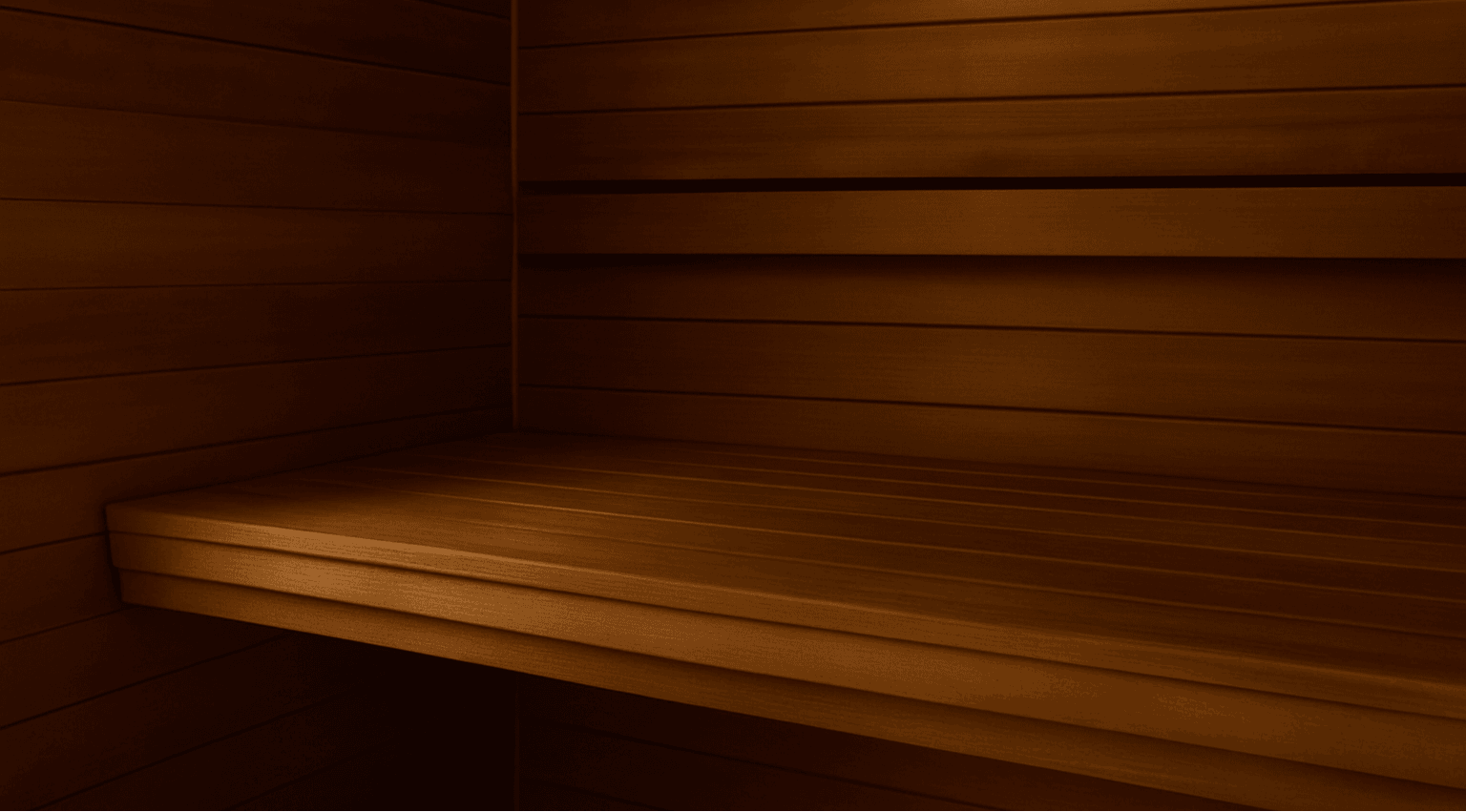
Leave a comment
This site is protected by hCaptcha and the hCaptcha Privacy Policy and Terms of Service apply.